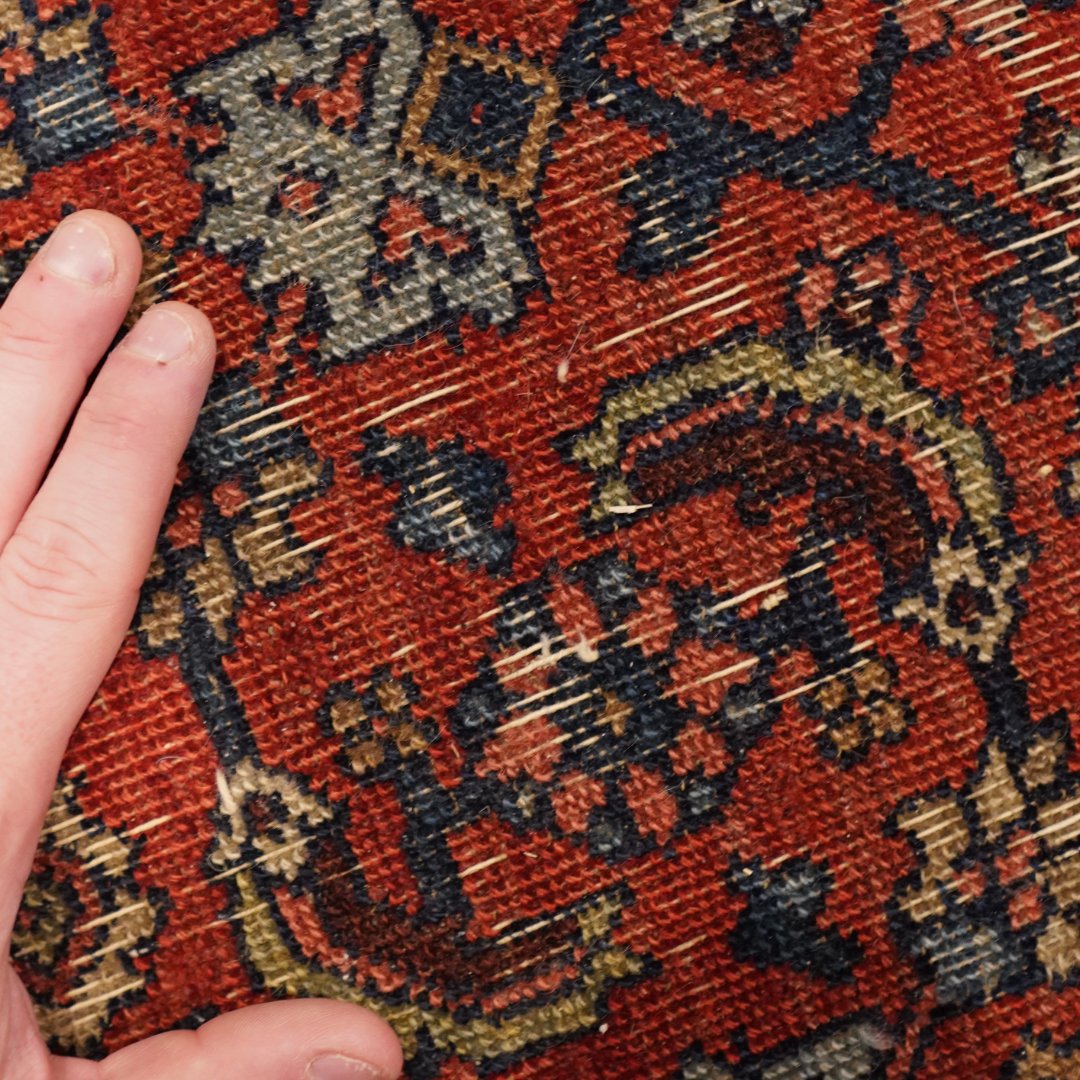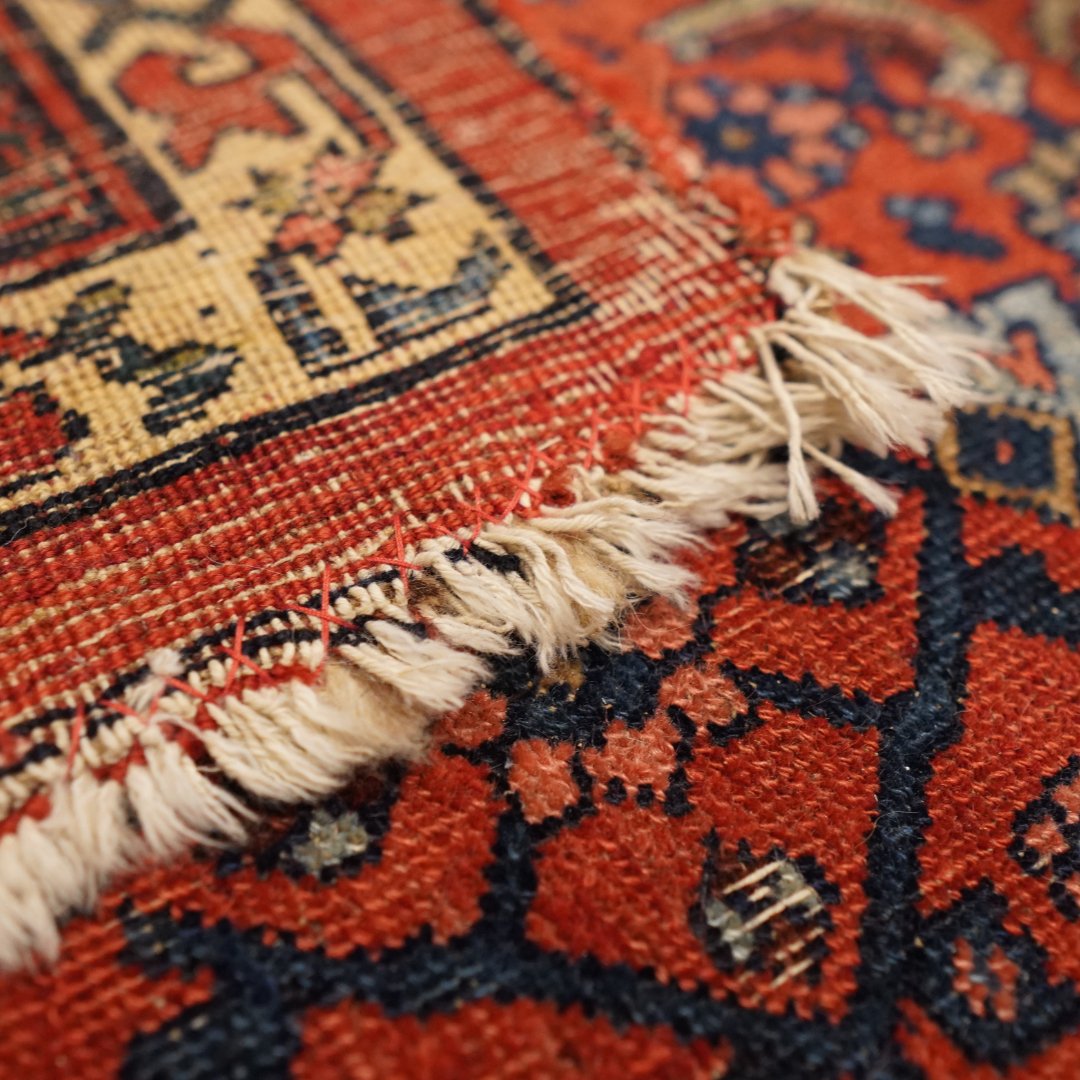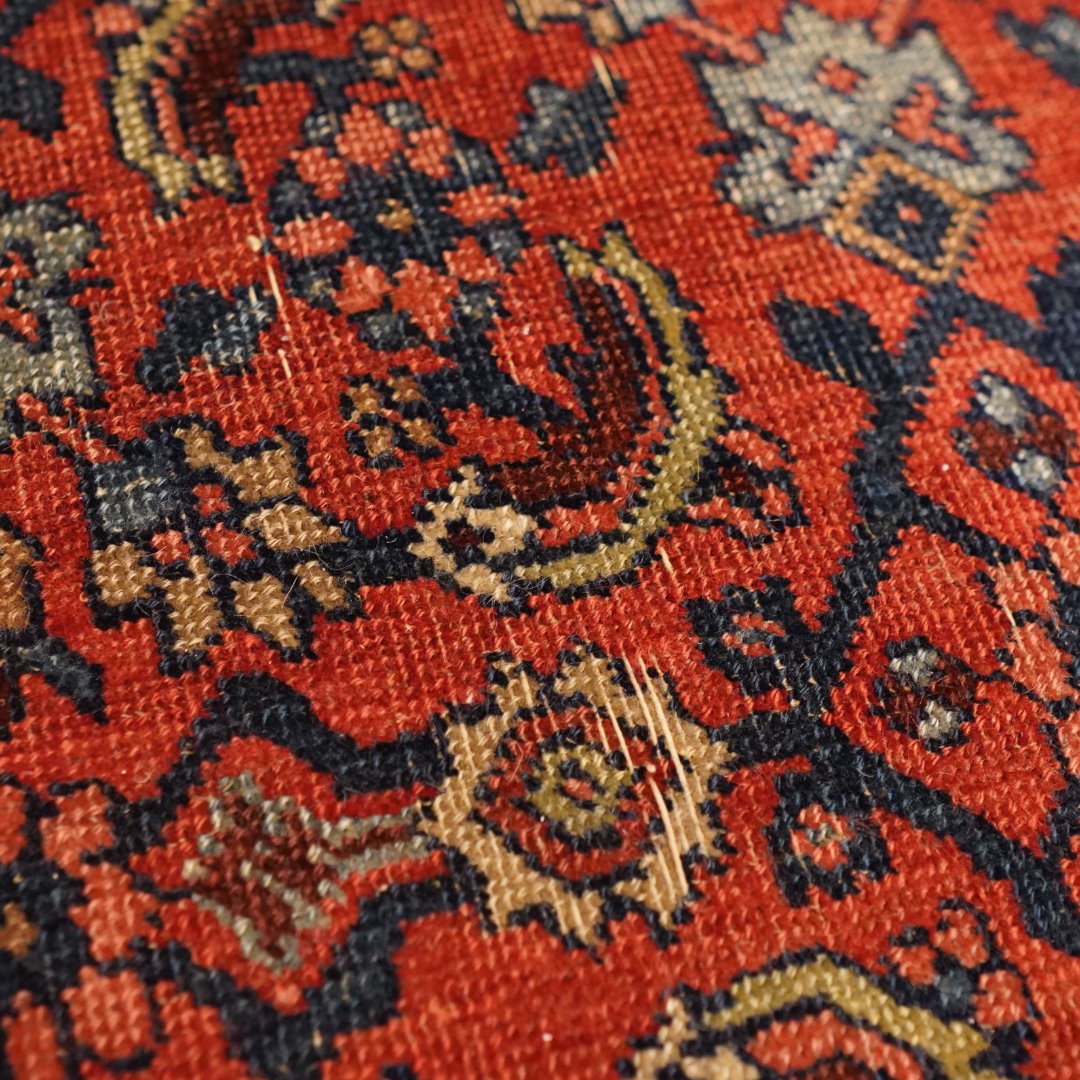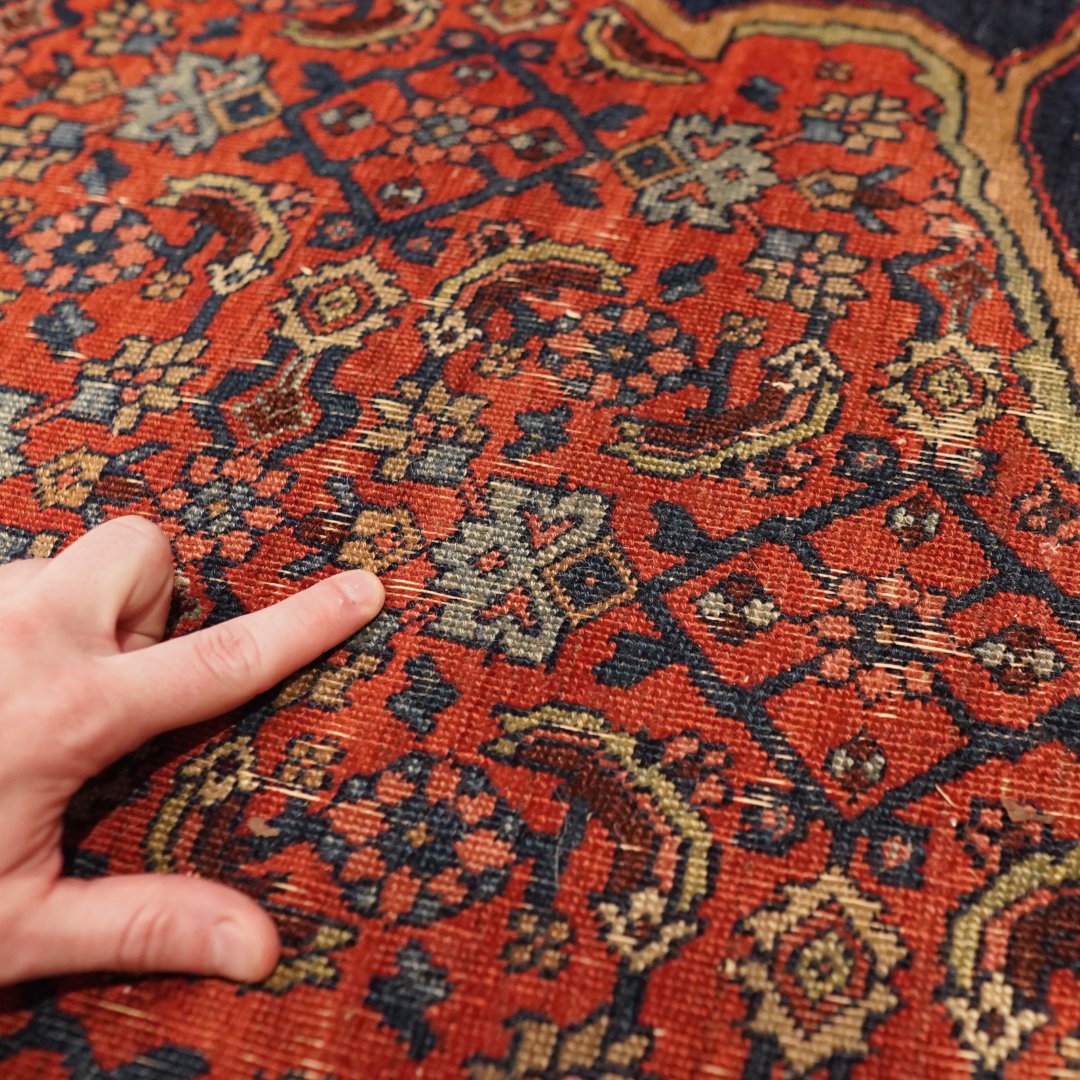 Image 1 of 27
Image 1 of 27

 Image 2 of 27
Image 2 of 27

 Image 3 of 27
Image 3 of 27

 Image 4 of 27
Image 4 of 27

 Image 5 of 27
Image 5 of 27

 Image 6 of 27
Image 6 of 27

 Image 7 of 27
Image 7 of 27

 Image 8 of 27
Image 8 of 27

 Image 9 of 27
Image 9 of 27

 Image 10 of 27
Image 10 of 27

 Image 11 of 27
Image 11 of 27

 Image 12 of 27
Image 12 of 27

 Image 13 of 27
Image 13 of 27

 Image 14 of 27
Image 14 of 27

 Image 15 of 27
Image 15 of 27

 Image 16 of 27
Image 16 of 27

 Image 17 of 27
Image 17 of 27

 Image 18 of 27
Image 18 of 27

 Image 19 of 27
Image 19 of 27

 Image 20 of 27
Image 20 of 27

 Image 21 of 27
Image 21 of 27

 Image 22 of 27
Image 22 of 27

 Image 23 of 27
Image 23 of 27

 Image 24 of 27
Image 24 of 27

 Image 25 of 27
Image 25 of 27

 Image 26 of 27
Image 26 of 27

 Image 27 of 27
Image 27 of 27




























Antique Jewel Bidjar - 8'6" x 11'9"
#2559
8’-6” x 11’-9”
AGE & ORIGIN:
Early 20th C.
Persia
OVERVIEW:
If the rugs of Bidjar are renowned for anything, it would be their structure. Incredibly dense, heavy and industrious rugs yet with clarity to their designs, translating to their weight being tied less to their pile length, and more the methods through which that pile is put into place, which was a rigorous task, done with heavy combs and iron nails to pack an incredible amount of knots into the foundation, making the rug so dense.
A classic all-over multicolored blue and green Herati lattice is set against a ruby field. The main medallion, while at first seemingly rudimentary (this is said with great admiration) shows incredible skill of the weavers to execute such curvilinear forms with designs that lean more geometric.
I don’t want to give away all the secrets this rug holds, but to point out one, when looking at the gold serpentine borders of the center medallion, there seem to be what, at first, look like areas where a red dye has bled onto these forms. Upon closer inspection though, the viewer finds that this is no accident. The weavers meticulously placed these accented areas in an attempt to give depth to the image, ultimately showing an amount of depth and care to the artform that gives this rug an intense amount of humanity.
An exceptional and generational piece with shimmering pile and jewel tones.
CONDITION:
Areas of low pile and visible so-called ‘floating warps’ on some areas of the rug. Areas of end loss have been secured to prevent further unraveling.
#2559
8’-6” x 11’-9”
AGE & ORIGIN:
Early 20th C.
Persia
OVERVIEW:
If the rugs of Bidjar are renowned for anything, it would be their structure. Incredibly dense, heavy and industrious rugs yet with clarity to their designs, translating to their weight being tied less to their pile length, and more the methods through which that pile is put into place, which was a rigorous task, done with heavy combs and iron nails to pack an incredible amount of knots into the foundation, making the rug so dense.
A classic all-over multicolored blue and green Herati lattice is set against a ruby field. The main medallion, while at first seemingly rudimentary (this is said with great admiration) shows incredible skill of the weavers to execute such curvilinear forms with designs that lean more geometric.
I don’t want to give away all the secrets this rug holds, but to point out one, when looking at the gold serpentine borders of the center medallion, there seem to be what, at first, look like areas where a red dye has bled onto these forms. Upon closer inspection though, the viewer finds that this is no accident. The weavers meticulously placed these accented areas in an attempt to give depth to the image, ultimately showing an amount of depth and care to the artform that gives this rug an intense amount of humanity.
An exceptional and generational piece with shimmering pile and jewel tones.
CONDITION:
Areas of low pile and visible so-called ‘floating warps’ on some areas of the rug. Areas of end loss have been secured to prevent further unraveling.

